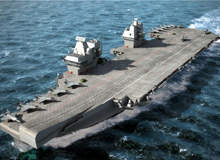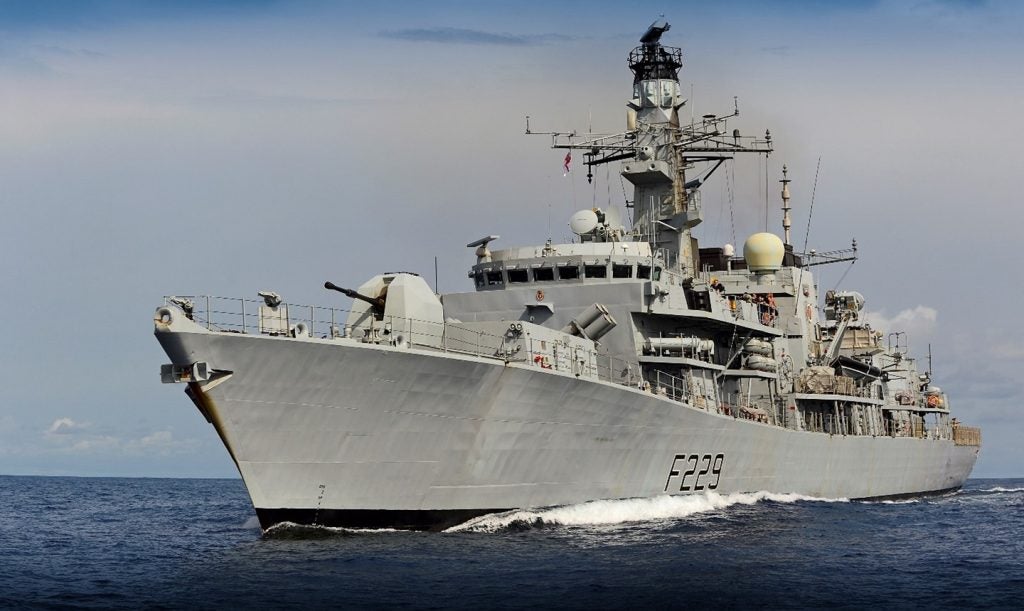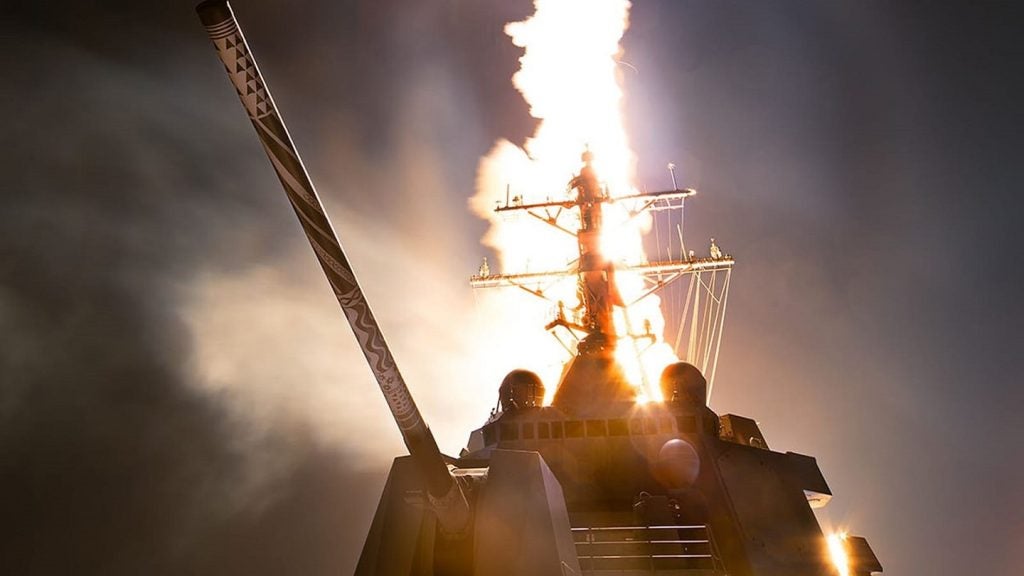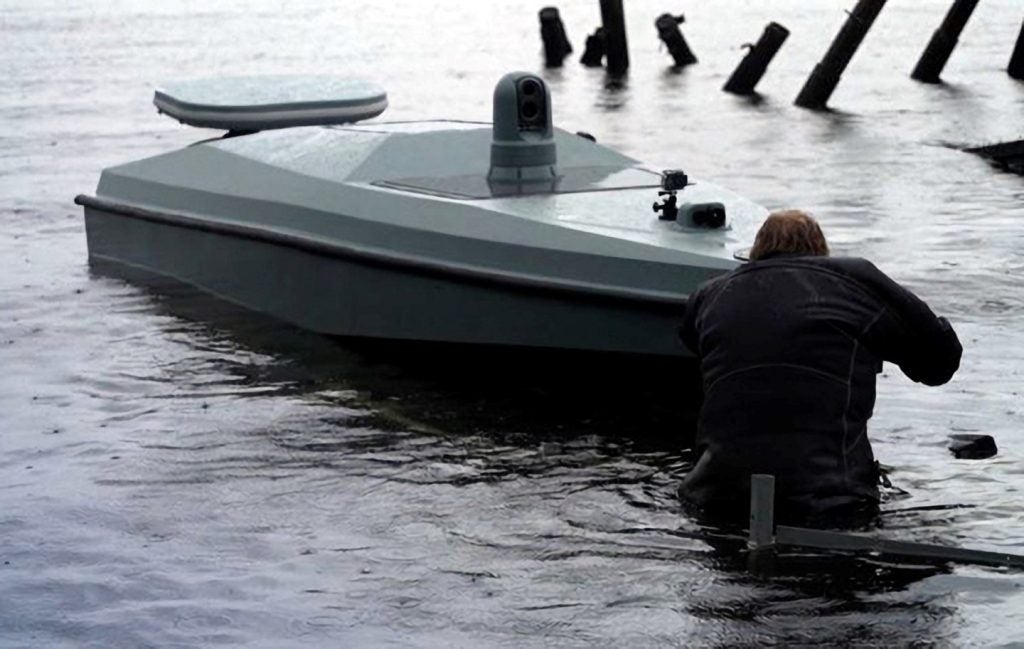
If you asked the UK Ministry of Defence (MoD) whether it thought big was beautiful you might receive some funny looks. Yet, that's exactly what the two new CVF future aircraft carriers will be: big, beautiful and a bold step by the Aircraft Carrier Alliance in delivering two of the largest and most powerful surface warships in the world.
Scheduled for completion in 2014 and 2016, the two future aircraft carriers – HMS Queen Elizabeth and HMS Prince of Wales – will significantly enhance the Royal Navy's strategic capability.
Future aircraft carrier deal signed for £3bn
In July 2008, the MoD signed contracts worth over £3bn. Bringing together some of the leading industry players under the guise of the Aircraft Carrier Alliance, Babcock Marine, BAE Systems, Thales UK and the newly formed joint venture BVT Surface Fleet (BAE and VT Systems) will deliver this ambitious project.
How well do you really know your competitors?
Access the most comprehensive Company Profiles on the market, powered by GlobalData. Save hours of research. Gain competitive edge.

Thank you!
Your download email will arrive shortly
Not ready to buy yet? Download a free sample
We are confident about the unique quality of our Company Profiles. However, we want you to make the most beneficial decision for your business, so we offer a free sample that you can download by submitting the below form
By GlobalDataThe signing of the manufacture contracts at the beginning of July brought to an end to speculation among the media that the MoD was considering shelving the CVF future aircraft carrier programme in order to ease its funding crisis. It also represented a major milestone following 1998's Strategic Defence Review recommendation that the current Invincible Class carriers should be replaced by two larger vessels more capable of carrying a much more powerful air force.
See Also:
Commenting on the deal, Defense Secretary Des Browne said: "This is a historic day for everyone in defence. The two aircraft carriers will provide our forces with the world-class capabilities they will need over the coming decades. They will support peacekeeping and conflict prevention, as well as our strategic operational priorities."
Future aircraft carrier capability
To give you some size of scale, the carriers are of a similar size and weight to the QE2, one of the largest transatlantic cruisers in the world, displacing some 65,000t. If you saw one rumbling up the Thames, it would stretch almost half way across the river and reach from Westminster Bridge to the far end of the London Eye, dwarfing one of London's most iconic sights in the process.
Highly versatile, the two carriers will, in the words of the MoD, provide "a joint-strike asset with the primary purpose of providing the UK with an expeditionary offensive air capability with the flexibility to operate the largest possible range of aircraft in the widest possible range of roles."
A long sentence maybe, but a lofty ambition. Each carrier will be able to deploy considerable offensive air power in order to support the full spectrum of operations. That means a maximum of 36 joint strike fighters, four airborne early warning aircraft and numerous helicopters.
The short take-off and vertical landing variant of the Lockheed Martin F35 joint strike fighter is the down-select combat aircraft and the carriers will be fitted with ski-jumps to operate them. But there is also a measure of future proofing involved, with the carriers also having the capability to be easily adapted with catapults and arrestor gear to operate more conventional aircraft such as the GR9 Harrier.
Thales leads the way in CVF design and engineering
The CVF design breaks new ground in the highly specialised area of aircraft carriers. High levels of built-in automation have been introduced to minimise manning requirements. Thales UK is responsible for design and engineering aspects of the project and carried out extensive modelling and analysis of various design features.
This included a highly mechanised weapons handling system and advanced machinery automation. The long-term aim being to reduce overall 'life' costs and minimise the need for marine engineering.
The CVF is also designed with a twin-island layout, unique in offering maximum visibility of the flight deck when compared to other carriers. Again this involved advanced modelling by Thales at the design stage to examine aircraft landing, take-off and parking requirements for both ski-jump and catapult / arrestor gear operations.
The ship's propulsion is provided by IEP (integrated electric propulsion) as used by most large modern vessels. Where the CVF is different is that it will be the most powerful IEP warship in the world with a total power output of 109MW.
Construction work
The MoD estimates that the CVF programme will create more than 10,000 jobs in the UK, and at peak production over a thousand people will be working at each of the three main shipyards in Rosyth, Govan and Portsmouth in the UK.
Babcock Marine is responsible for delivering the bow sections and final assembly of the ships. As part of a contract worth £675m, essential infrastructure work is already underway at the Rosyth dockyards in Scotland to get the facilities up to speed.
Babcock estimates that the CVF programme will provide a total of nine million man hours of work – the large majority of which will be spent at Rosyth on the actual manufacture of the bow sections and the assembly and integration stage.
A joint venture between BAE and VT Systems has resulted in BVT Surface Fleet, brought together specifically for the delivery of the CVF programme. For their part of the contract, BVT will receive a mighty £1,325m for construction of huge sections of the ship and Govan and Portsmouth shipyards.
Mission-critical systems
BAE Systems Integrated System Technologies (Insyte) received the £275m contract for developing and delivering the mission systems. One of the key components is the air management and protection system – something critical to the operational success of any carrier, turning a ship into a war-fighting unit capable of deploying air power and focusing on combat operations.
The new mission system comprises a combat management system, radars, air traffic control, navigation and bridge systems. This will be integrated with information systems, networks and communications to support command and control onboard the carrier. Guy Griffiths, MD of BAE Insyte says the new mission system will significantly improve situational awareness especially in combat scenarios. "We are well placed to deliver this because of our expertise and experience in providing
state-of-the-art solutions to the Royal Navy, Royal Air Force and Army," Griffiths says.







